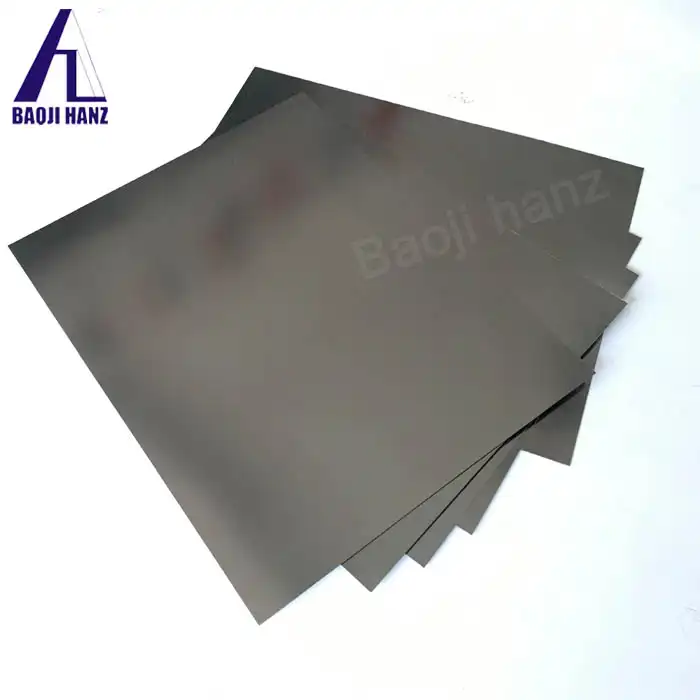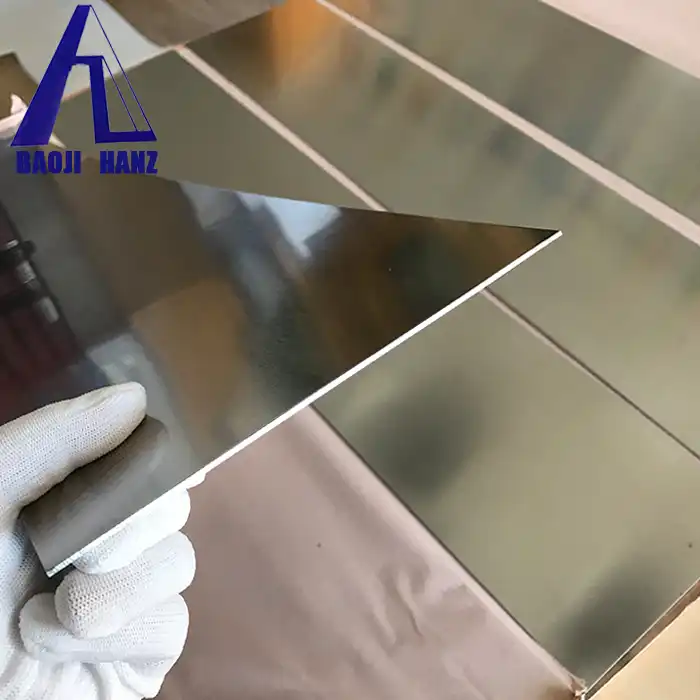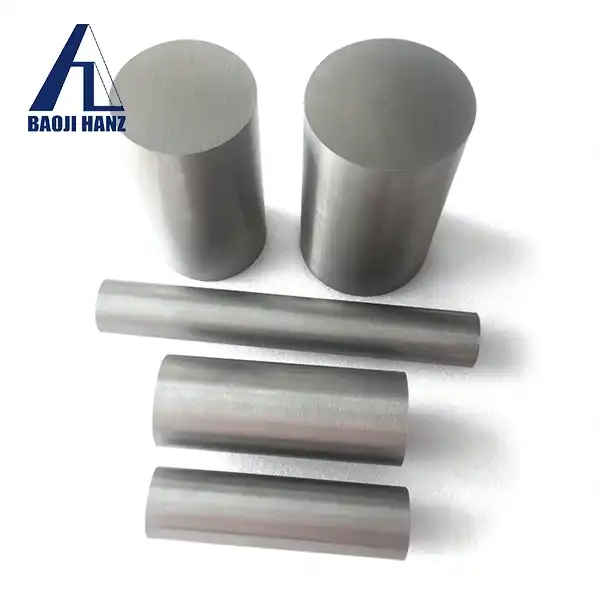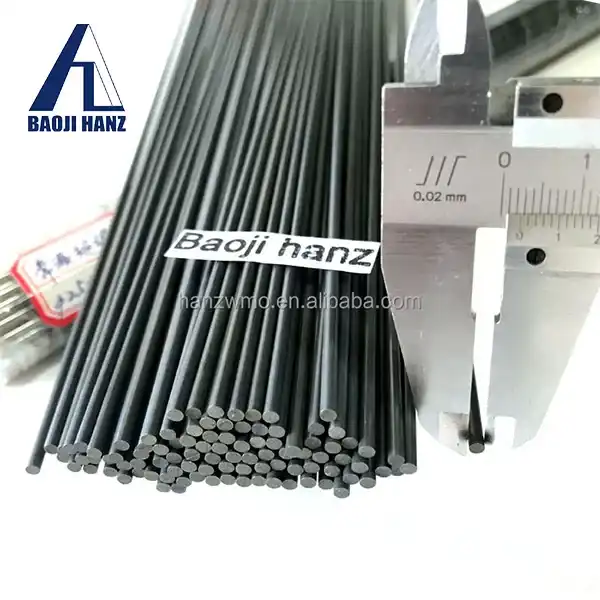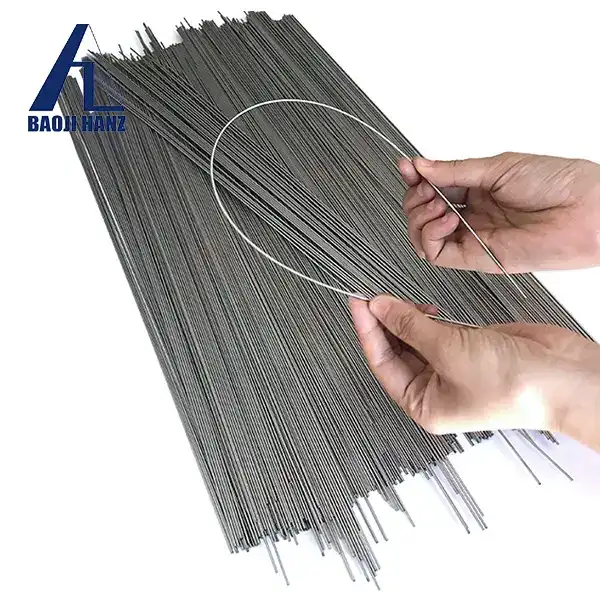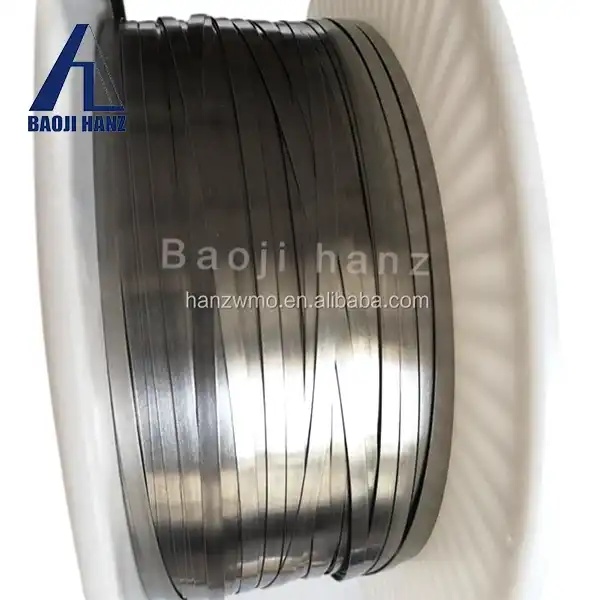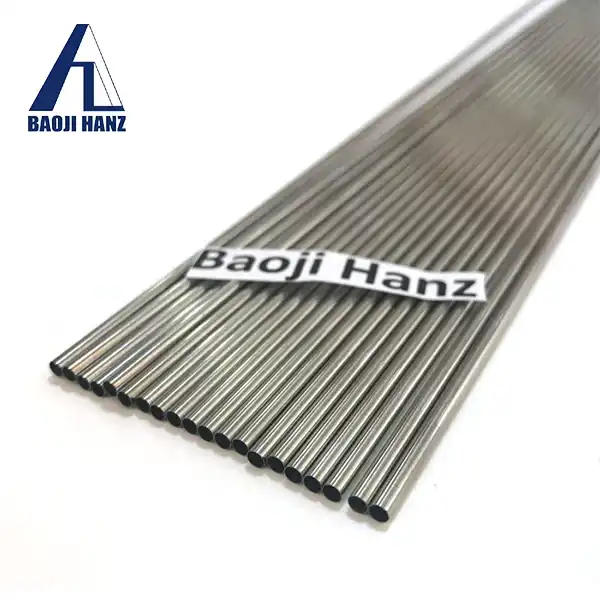What does the temperature on nitinol wire mean?
2024-07-02 19:27:36

1. How does temperature affect the super elastic properties of nitinol wire?
Temperature significantly influences the superelastic properties of nitinol wire. At temperatures above its transition range (usually around body temperature), nitinol exhibits superelasticity, meaning it can undergo large deformations and return to its original shape when the load is removed. This behavior is due to the reversible phase transformation between austenite (high-temperature phase) and martensite (low-temperature phase). Lower temperatures reduce the material's superelastic range and alter its mechanical properties, affecting its performance in various applications such as medical devices, where precise control of temperature ensures optimal functionality.
2. What are the critical temperature ranges for using nitinol wire in medical applications?
In medical applications, the critical temperature ranges for using nitinol wire typically revolve around its phase transformation temperatures:
Austenite Finish Temperature (Af): This is the temperature above which nitinol fully transitions into its austenitic phase, exhibiting its superelastic and shape memory properties. Af is typically around human body temperature (37°C or 98.6°F).
Martensite Start Temperature (Ms): Below this temperature, nitinol starts to transform into its martensitic phase, which affects its mechanical properties and elasticity. Ms is lower than Af, often around room temperature (20-30°C or 68-86°F).
These critical temperature ranges ensure that nitinol maintains its desired functional properties, such as flexibility, shape memory, and superelasticity, making it suitable for applications like stents, guidewires, and orthodontic devices in the medical field.
3. How does the thermal memory effect in nitinol wire impact its performance?
The thermal memory effect in nitinol wire significantly enhances its performance by allowing it to revert to its original shape when exposed to specific temperatures. This property ensures precise control and reliable functionality in applications such as medical devices and aerospace components. Nitinol's ability to retain shape memory enables it to adapt to dynamic environmental conditions and repeated use without permanent deformation, ensuring durability and maintaining operational integrity over extended periods. This makes nitinol wire a preferred choice where dependable performance and dimensional stability are crucial requirements.
Exploring Temperature Effects on Super Elastic Nitinol Medical Wire
Nitinol, a shape memory alloy primarily composed of nickel and titanium, is celebrated for its remarkable properties, especially in its super elastic form. This alloy finds extensive use in the medical field due to its biocompatibility, corrosion resistance, and the ability to recover large deformations without permanent damage. In medical devices such as stents, guidewires, and orthodontic wires, nitinol's response to temperature changes becomes a critical factor influencing its performance and reliability.
How does temperature affect the super elastic properties of nitinol wire?
The super elastic behavior of nitinol wire is a direct result of its unique crystalline structure and phase transformation characteristics. At lower temperatures, typically below body temperature, nitinol remains in its martensitic phase, where it can undergo significant deformation. As temperature increases, approaching the body's natural temperature (around 37°C), nitinol undergoes a phase transition to austenite. This transition is accompanied by a dramatic change in mechanical properties, allowing the wire to return to its original shape with remarkable force.
The precise temperature at which this phase transition occurs can be tailored during the alloy's manufacturing process by adjusting its composition and processing parameters. For medical applications, where precise control over mechanical performance is crucial, understanding and controlling this transition temperature is essential. Manufacturers often specify the transformation temperatures to ensure the nitinol devices perform optimally within the human body.
What are the critical temperature ranges for using nitinol wire in medical applications?
In medical practice, nitinol wires and devices encounter a range of temperatures depending on their location and intended use within the body. For example, nitinol stents used in peripheral arteries may experience temperatures slightly lower than those used in coronary arteries due to differences in blood flow and proximity to the heart. Ensuring that nitinol maintains its super elastic properties across these varying temperatures is vital for the long-term success of the medical device.
Manufacturers conduct extensive testing to determine the operational temperature range of nitinol devices. This testing includes evaluating the wire's mechanical behavior, such as stress-strain curves and fatigue resistance, at different temperatures relevant to clinical scenarios. By characterizing these critical temperature ranges, engineers can design nitinol devices that perform reliably under physiological conditions, providing patients with effective treatment options.
How does the thermal memory effect in nitinol wire impact its performance?
One of the most intriguing aspects of nitinol wire is its thermal memory effect, which allows it to revert to its original shape when heated above its transformation temperature. This effect stems from the reversible martensitic transformation, where the nitinol wire "remembers" its initial configuration despite undergoing significant deformation. In medical applications, this property is harnessed in self-expanding stents and other devices designed to adapt to anatomical structures once deployed.
The thermal memory effect is not only dependent on the alloy's composition but also on the thermal history of the wire. Proper heat treatment during manufacturing ensures that nitinol devices exhibit consistent and predictable behavior when exposed to temperature changes within the body. For instance, a nitinol guidewire used in minimally invasive procedures must navigate through tortuous paths in the vascular system and then return to its straight configuration once in place. The ability of nitinol to recover its shape accurately contributes to the procedural success and patient outcomes.
In conclusion, the temperature sensitivity of super elastic nitinol wire is a fascinating aspect that underpins its widespread use in medical applications. By understanding how temperature influences its phase transitions, operational ranges, and thermal memory effect, engineers and healthcare professionals can optimize the design and deployment of nitinol devices for improved patient care.
References
- P. Duerig et al., "Engineering Aspects of Shape Memory Alloys," Elsevier Science, 1990.
- W.J. Buehler et al., "Engineering Aspects of Shape Memory Alloys," Butterworth-Heinemann, 2008.
- K. Otsuka et al., "Shape Memory Materials," Cambridge University Press, 1999.

